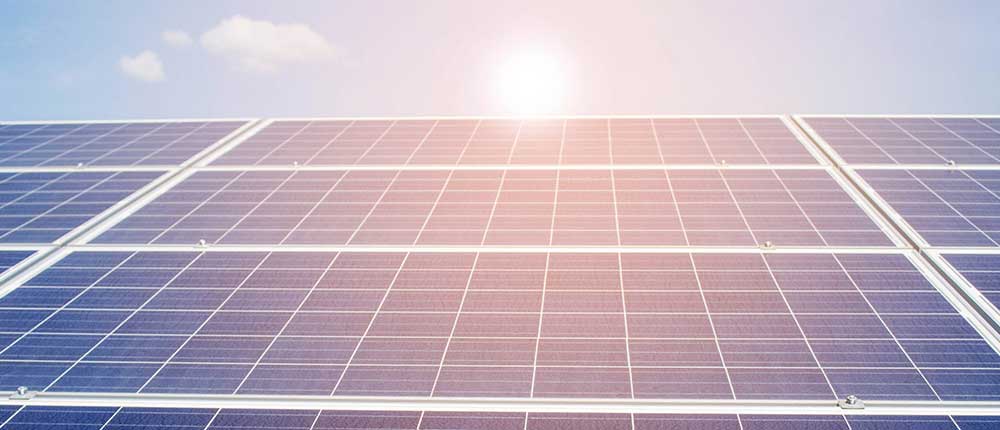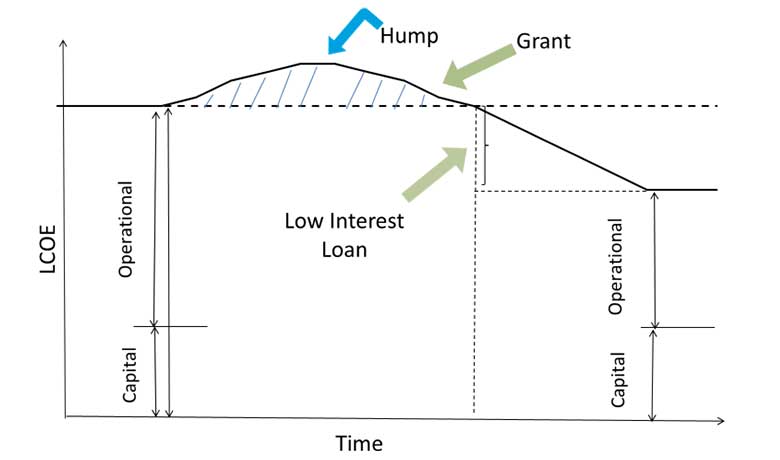 Around the world energy efficiency is being looked as resource to address some of the critical problems of the energy sector. This has probably been the most cost effective way to address energy security, peak demand management, electricity access while mitigating climate change impacts. Energy policies essentially are being formulated by considering the country specific market conditions, nature of industry and keeping the view on expected impact on the consumer. Upfront costs, however, are a major barrier to implementing energy efficiency technologies for equipment. An important goal of efficiency policies and programs is to help minimize these upfront project costs so consumers are encouraged to invest in energy efficiency technologies.
Around the world energy efficiency is being looked as resource to address some of the critical problems of the energy sector. This has probably been the most cost effective way to address energy security, peak demand management, electricity access while mitigating climate change impacts. Energy policies essentially are being formulated by considering the country specific market conditions, nature of industry and keeping the view on expected impact on the consumer. Upfront costs, however, are a major barrier to implementing energy efficiency technologies for equipment. An important goal of efficiency policies and programs is to help minimize these upfront project costs so consumers are encouraged to invest in energy efficiency technologies.
Through the HFC phase down decision, the Montreal Protocol has taken a paradigm shift with the discussions moving towards maximising climate benefits to promote low GWP, energy efficient climate friendly refrigerants. According to Kigali amendment, while transitioning refrigerants, parties are encouraged to enhance the energy efficiency of the RAC system as well. However, given the paradigm shift of the protocol towards climate change agenda, "common but differentiated responsibility" principle has also become relevant over the negotiating plate.
Moving to energy efficient technologies along with climate friendly refrigerant, understanding the market is paramount given that industry in both developed and developing world has distinct approach to drive the market. Strategically, major focus of the industry in developed world is to retain the market share, where better servicing, efficient product with good quality plays a vital role. However, in the developing world focus of industry would be to capture the market share and increase it to maximum possible extent, where competitive pricing becomes a major force for planning market strategies.
Provided the rapidly increasing AC demand and Kigali commitment for HFC phase down, simultaneous energy efficiency enhancement, will enable early climate benefits if they are linked to the phasedown process; else energy efficiency enhancement interventions will occur as per the technology change cycle that follows the phasedown interventions.
The prime challenge to the introduction of high energy efficiency, low GWP refrigerant RAC technologies is an initial price hump which makes them less competitive as compared to conventional (lower Energy Efficiency, or higher GWP refrigerant) technologies; The price hump represents the relationship between price increase for energy efficiency improvement and appropriate timeline to implement the efficiency improvement measures. The figure elucidates the actual concept where trade off of the affordability and efficiency is drawn, which depicts that there will be no extra financial liability against improving the efficiency provided the sufficient timeline for industry to adopt the efficient technology. However, given the thrust to the adoption of super-efficient, low GWP refrigerant RAC systems this additional price hump needs to be addressed.
Governments in developing countries intend to meet the climate goals along with providing affordable access to cooling technologies. This demands, reduction in the price differential (the height) and the time duration (the width) of the hump as well.

Achieving greater efficiency of RACHP equipment can be greatly facilitated by policy intervention. Given the nature of the market and the number of barriers that exist, it is unlikely that the market would transform on its own. From a developing country perspective this price hump can become major hurdle in implementing energy efficiency measures in view of the ever-increasing peak-demand and also the tight timelines for Kigali amendment implementation. Fortunately, a number of tools are available for policy makers looking to achieve the kind of transformation required to address the price hump. Regulations, information and incentives are the most common tools used by policy makers.
The hump can be minimized by a combination of appropriate financial interventions; grants and/or low-cost loans for energy efficiency enhancement, bundled with incremental financing for HFC phasedown, can maximize climate benefits.
Apart from this, parties should continue to engage in constructive discussions for improving energy efficiency while refrigerant transitions. At the same time international community should develop a robust strategy to finance energy efficiency through innovative ways. Any delay in action, will leave us with a missed golden opportunity.
